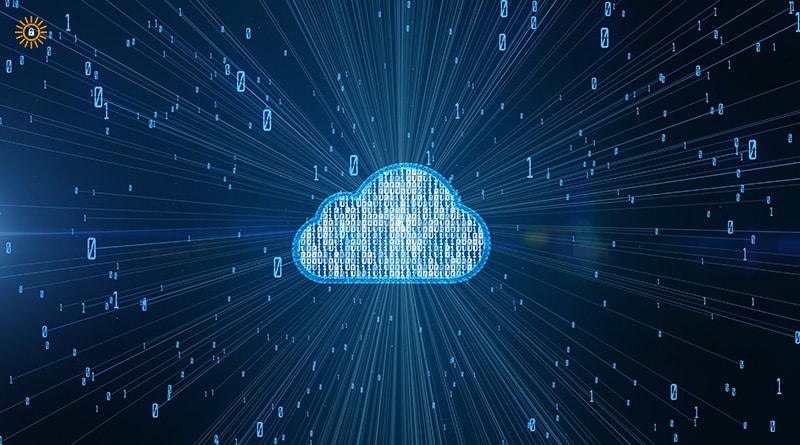- September 18, 2020
- Tag: Software

Organizations depend on new digital transformation initiatives to continually engage with customers, partners, and employees in today’s business environment. In doing so, several business goals and objectives have been achieved, with digital innovation like Software-as-a-Service (SaaS).
Most organizations rely on Software-as-a-Service (SaaS) applications and services in their management of key business functions. Unfortunately, compromised security and cyberattacks on (SaaS) applications and services have grown exponentially. Although software as a service (SaaS) is a great software distribution model for cloud applications, it still has several challenges that are related to significant application security vulnerabilities and data breaches.
A recently completed survey shows that the percentage of data breaches tied to application vulnerability exploits has more than doubled. Over 25% of respondents indicate they experienced more than six successful application compromises in the past year. See the graph below.

In this article, GoldSky Cybersecurity Professionals analyze the responsibility of software as a service (SaaS) application and service providers to their clients’ security, and how to successfully secure and protect your SaaS application. It is a shared responsibility that SaaS providers and their clients need to understand for a better implementation of an effective security control system in SaaS applications while experiencing the benefits that cloud services offer.
The Major Security Threats in the Software as a Service (SaaS) Industry
Software as a Service (SaaS) is a software distribution model for cloud-based applications hosted on remote servers and delivered via the internet to users. SaaS applications are accessible anywhere, and are easy to update across multiple devices with a web connection. Due to the flexibility, scalability, and cost-efficiency of SaaS application, organizations are moving their applications to the cloud, and the security risk resulting from resource sharing in cloud computing has become one major challenging concern in providing powerful processing and storage services.
When it comes to cybersecurity, SaaS companies are at risk in two ways. First, for SaaS businesses that often mirror their growth model to startup growth model for themselves, where information security is seen as a barrier to growth and innovation. They are focused on rapid growth which makes them more interested in growing their user base than securing their users’ data.
SaaS companies collect and store a lot of customer data like Personally Identifiable Information and payment credentials to enable them to improve their product, strengthen customer relationships, and receive payment. These pieces of information make them vulnerable and an attractive proposition to hackers, and at-risk to cyberattacks.
The second risk factor that SaaS contend with is their customers – users. The ability to access cloud-based applications and services from any device leaves SaaS users vulnerable and exposed to increased device risks. SaaS cloud applications that give users great flexibility and convenience can be accessed over any network. However, this is disastrous as it poses a great security risk if the device is full of malware. There are still some fundamental security issues that are yet to be ironed out in SaaS.
A SaaS company may do everything to provide robust security measures to secure users’ data on a platform, but lax security on the part of their customers almost always would result in a platform breach.
The Responsibility of Protecting and Securing Data in the Cloud and some Practices in Managing Data Security in the Cloud
The responsibility of protecting and securing data in the cloud is a shared responsibility between the software as a service (SaaS) providers and their clients. The security of the cloud is quite different from the security in the cloud. The shared responsibility model for cloud security implies that SaaS providers are responsible for the security of cloud infrastructure, whereas their clients are responsible for the security of their data, platform, application, systems, and networks.
SaaS providers who are at the risk of cyberattacks are always prepared to protect their systems against malware, downtime, and cyberattacks, and may not be immediately aware of what is happening to their clients’ data. Although SaaS providers have a process for protecting the data of their clients against many risks, It is the responsibility and obligation of their clients to have access to backed up data to meet whatever business continuity or compliance requirements they may have.
GoldSky can create an inventory of all applications, services, and tool sets. They can analyze risk factors and vulnerabilities, conduct a comprehensive security risk assessment, and manage the security of a large cloud application portfolio to make sure that the cloud app meets the organization’s security requirements.
In Conclusion
Subscribers must understand who is responsible for protecting the data for their SaaS application, as it will enable them to be more proactive in their choice of Software as a Service (SaaS) provider. The responsibility of protecting and securing data in the cloud is a shared responsibility model that gives each part control over its security. Such control avails one a better opportunity to recognize threats and to remediate issues in the face of an attack.
GoldSky is a trusted partner for a better implementation of effective security control in SaaS applications. With the right tools in place, SaaS providers and their clients can improve and ensure that the success of shared responsibility of cloud security is maximized.








